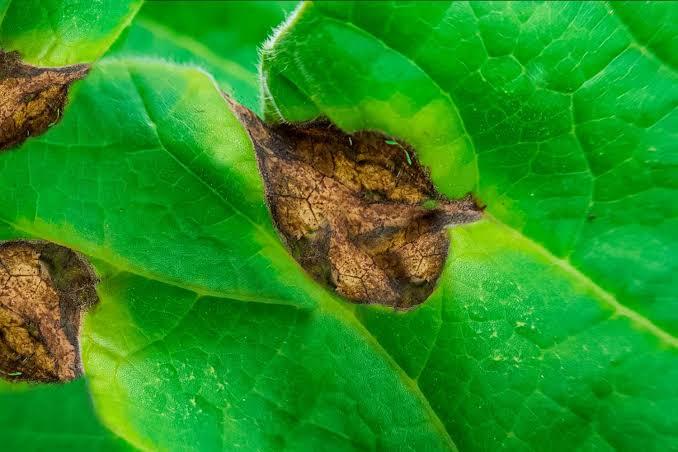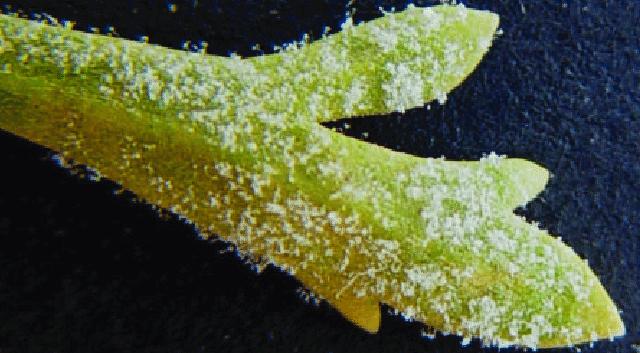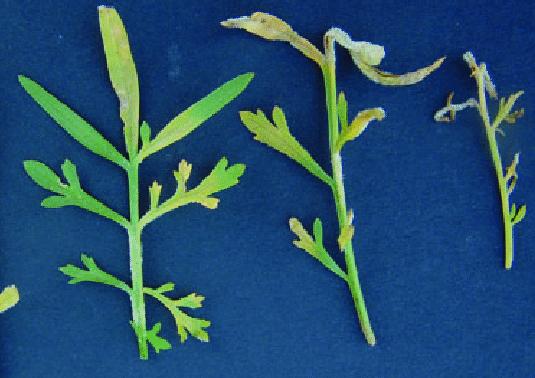Cress Plant
Cress is an annual, 6-12 inches tall, and frost-tolerant. It prefers well-drained, fertile soil in full sun to partial shade. Keep the soil moist. Cress is edible but not medicinal.
Habit
Annual
Height
10 to 20 cm
Growth
Fast
Soil
Moist, well-drained, loamy
Shade
Full Sun to partial shade
Moisture
Moist
Edible
Yes
Medicinal
No
Origin
Europe
Climatic Condition
Temperate, cool
Temperature (°)
10 to 20°C
Humidity (%)
70 to 90
Potting media
Loamy mix
Fertilizers
High in nitrogen
Watering
Regular watering
Plant Weight
10 to 20 g
Flowering Time
1 to 2 weeks
Soil Ph level
6.0 to 7.5
Water Ph level
6.5 to 7.0
Soil EC
Low
Yield Per Plant
N/A
NPK ratio
10:10:10
life Span
Annual
Health Benefits
Edible herb, rich in vitamin C and antioxidants, supports digestion and immunity
Suggested Grow Media or Potting Mix ?
50% loamy soil, 30% compost, 20% sand
Suggested Fertigation/Fertilizers
Fertilize every 2 weeks with a balanced, water-soluble fertilizer.
Common Diseases and Remedies
Anthracnose, downy mildew.
Brown lesions on leaves,circular or irregularly shaped dry spots .., white patches on leaves.
hot water treatment , removal of infected leaves.
What Is An Cress Tree?
Garden cress or peppergrass (Lepidium sativum) is a fast-growing, weedy grass native to Western Asia, but is commonly cultivated, especially for its curly-leafed form, and its seedlings are used as decorations. Masu. Watercress seedlings used in sandwiches and salads are usually made from white mustard. @What is watercress? Garden cress (Lepidium sativum) is an edible herb that belongs to the Brassica family, the same family as cabbage, cauliflower, and Brussels sprouts. It is also known as peppergrass, halim, chandrasura and horan. Garden watercress is eaten as a vegetable, and its seeds, roots, and aboveground parts are also used as medicine.

What Are The Different Types Of Cress Plants?
1. Watercress
An aquatic variety with a pungent taste and texture. Closely related to mustard, it is the oldest leafy vegetable consumed by humans.
2. Garden cress
Also called broad-leaved watercress. This variety is grown in soil and has a spicy taste reminiscent of horseradish.
3. curlcress
A slow-growing garden cress that produces plants with dark green curly leaves. Sprouts add a tangy, spicy touch to salads and sandwiches.
4. Landcress
A hardy biennial plant with edible dark green leaves with a peppery flavor. Also known as scurvy cress
5. Highland cress
A perennial that likes cool climates. In the southern United States, you can find them as soon as the snow starts to melt.

How to care for Cress Plants ?
1. Location
Urban gardeners who compromise with planting magnificent and stunning plant buddies in their homes due to lack of space get happy with the mention of this areca palm variety. It requires Common watercress is the easiest to grow, can be grown indoors or outdoors, and provides a year-round supply.
2. Sunlight
Cress seeds require lots of sunlight to germinate. If growing indoors, place it near a sunny window. When grown outdoors, watercress can tolerate high temperatures.
3. Hydration
Cress plants require regular watering throughout the growing season to keep the soil moist but not soggy.
4. soil
Cress grows best in moist, organic soil. Watercress can be grown in any substrate, including cotton wool, a damp kitchen towel, or garden soil.
5. nutrition
Apply water-soluble liquid fertilizer regularly.

6.issues
If you prevent light from reaching the germinating watercress, the watercress will continue to grow upwards and produce pale yellow leaves. Mold and Fungus: Too much moisture and poor air circulation can lead to mold and fungus growth on watercress. Signs include fuzzy growth or discolored spots on the ground or leaves.
What are the Benefits of Cress Plants ?
Garden watercress is a plant. The parts that grow above ground are used to make medicines. People consume garden watercress to treat coughs, vitamin C deficiency, constipation, susceptibility to infections (low immunity), and fluid retention.

FAQs About Growing Areca Palms
1.How is cress grown?
To grow cress, you need the ideal combination of seeds, growth medium, temperature, water and sunlight.
2.How many times can you cut cress?
Cress is a cut and come again garnish, you will be able to cut it at least four times.
3.Why do we eat cress?
As such, this tiny herb may aid immunity, disease prevention, weight loss, organ function, inflammation, heart health, and diabetes. It may even offer anticancer effects and aid breast milk production.
4.Can cress grow without sunlight?
Without sufficient light, watercress may struggle to photosynthesize, leading to weak and unhealthy growth.
5.What kind of plant is cress?
cress, any of several plants of the mustard family (Brassicaceae).



